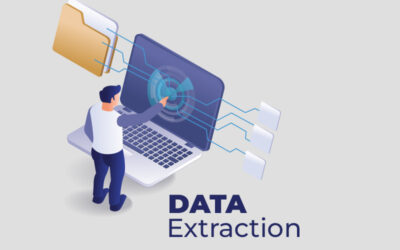Data mining (DM) has helped improve healthcare forecasting, investigation, and visualization. Despite privacy and security issues pertaining to patient data, health care organizations are finding that mining patient data and community data offers value and helps in strategic applications. Now researchers at the Stanford University School of Medicine and Microsoft Research have revealed that web searches can help the healthcare industry. They used data mined from web search to expose the side-effects of drugs.
When drugs are approved by the Food and Drug Administration (FDA), their potential side-effects are examined and manufacturers are required to show them on the product labels. However, not all side effects are identified in these short-term studies conducted by manufacturers. Most come to light only when people start using the medication. The Stanford University School of Medicine and Microsoft Research study suggested that web searches can expose the unreported side-effects of drugs more effectively as now most people use the Internet to report, share and ask about them.
Based on the data mining methods employed by Google Flu Trends which helps provide early warnings to the public about prevalence of the illness, the researchers used data mining software developed by Microsoft scientists to scan anonymized data collected from a software toolbar installed in web browsers of Internet user volunteers. They mined around 82 million individual searches for drug, symptom and condition information.
The results showed a previously unreported interaction between two drugs, which are prescribed quite often – paroxetine (Paxil), an anti-depressant and pravastatin (Pravachol), a statin which lowers cholesterol. The research began by identifying individual searches for the terms paroxetine and pravastatin and also searches for both terms. Next, they calculated the chances that users in each group would also look for hyperglycemia as well as phrases like “high blood sugar” or “blurry vision” which made up about 80 of its symptoms. Mining such information yielded the following results:
- Around 5% of people who searched for paroxetine also looked for hyperglycemia (high blood sugar) symptoms while less than 4% people who searched for pravastatin also looked for hyperglycemia symptoms.
- Among those who looked for both drugs, 10% carried out hyperglycemia-related searches.
- Those who searched for symptoms relating to both drugs were likely to carry out the searches within a short period of time. Thirty percent did the searches on the same day while 40 percent and 50 percent did so during the same week and same month respectively.
The hyperglycemia-related searches performed by those who searched for both paroxetine and pravastatin suggested that users of both medications were experiencing a drug-drug interaction that prior studies had not discovered. This is because drug approvals do not include detailed studies of every potential combination of drugs that patients can safely take.
FDA has already implemented a system known as the Adverse Event Reporting System to track the side effects which relies on voluntary reports from doctors, pharmacists, patients and drug companies. But, the scope of this system is limited compared to web searches as the data is generated only when someone notices something and report its. Hence, the research team suggests that the internet would be a valuable tool for FDA to trace adverse effects if integrated with its current system.
However, the researchers admit that individual search data does not give an accurate view as a person may search for symptoms on the basis of a news story read or due to the medication issues with a family member. They said that it would be necessary to combine data available from sources such as social media, medical records and patient support forms to minimize the extent of false-positive results. Mining social signals from web searches and integrating them with information from other sources can be a valuable tool for the FDA to track adverse effects of drugs, which in turn, offers potential public health benefits.



